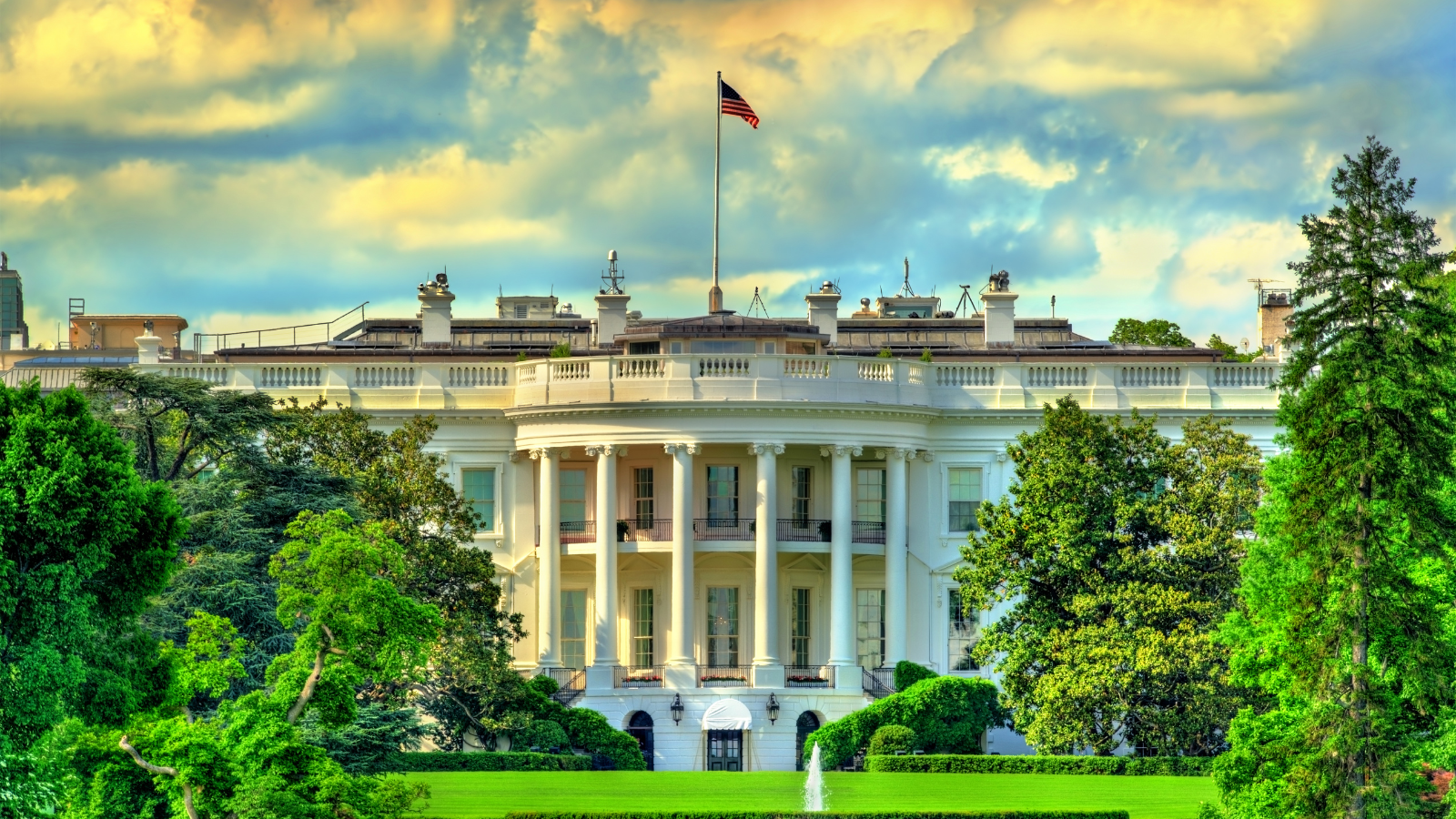USPS is making big moves to keep up with its competitors UPS and FedEx
The U.S. Postmaster General Louis DeJoy is looking to transform the government agency into a major competitor with private carriers such as FedEx and UPS. But will these changes be in vain?
DeJoy said in an interview with Supply Chain Dive that the goal of the organization is to be a cost-effective option for customers to use instead of a private shipper. Affordability and reliability are the priorities of the United States Postal Service moving forward. Some changes being implemented involve an expansion of its network of operations and an improvement in parcel deliveries.
From the years 2007 through 2020, the Postal Service reported losses totaling $87 billion.
United Parcel Service (UPS) reported a disappointing start to the year with first-quarter earnings revealing a 5.3% drop in revenue and a 31.5% plunge in operating profit compared to last year.
United Parcel Service (UPS) has reported a better-than-expected quarterly profit, navigating through softer package delivery demand with strategic cost reductions and focusing on high-margin sectors.
FedEx and UPS have introduced Delivery Area Surcharges (DAS) in 82 additional ZIP codes across the US, covering nearly 1% of the population.
In the fast-paced world of logistics, FedEx and UPS are making some big changes.
A recent safety report by the U.S. Postal Service's Office of Inspector General (OIG) suggests lax oversight of contracted trucking companies, brokers, and drivers may contribute to accidents and fatalities on American highways.
FedEx might actually benefit from losing its colossal contract with the U.S. Postal Service, according to Brandon Oglenski, an analyst at Barclays Bank.
Oh, Canada! UPS is launching a new Saturday home delivery service in key Canadian markets, starting with Toronto and expanding to Greater Vancouver, Montreal, Calgary, and Laval by March.
UPS is scaling back package sorting shifts and reducing staff at facilities in Connecticut, Maryland, and Oregon due to decreased demand for package delivery.
United Parcel Service (UPS) is exploring options, including a potential sale, for its brokerage unit, Coyote Logistics.
UPS is set to cut 12,000 jobs in a cost-saving move aimed at reducing expenses by $1 billion.
UPS and FedEx have decided to extend their demand surcharges for additional handling and large packages, despite lower year-over-year volumes.
FedEx is anticipating a significant loss of business with the U.S. Postal Service when its current contract expires.
UPS is gearing up for the holiday season by planning to hire more than 100,000 workers, a number consistent with its hiring levels over the past three years.
The U.S. Postal Service has announced that it will not impose peak season surcharges during the upcoming holiday season.
The recently ratified labor contract between UPS and the International Brotherhood of Teamsters is expected to exert wage pressure on other logistics companies, including FedEx.
Since securing a $30 billion contract over five years, United Parcel Service (UPS) has experienced a surge in interest from job seekers.
The U.S. Postal Service has drastically decreased its air cargo shipments by 90% over a two-year period, leading to an estimated $1 billion in annual transportation cost savings, according to U.S. Postmaster General Louis DeJoy.
The Teamsters and UPS have reached a tentative labor agreement, averting a potential strike that could have disrupted the supply chain.
Despite the looming threat of a UPS strike, many companies have not shifted their package volumes to other carriers.
A potential strike by 340,000 unionized workers at United Parcel Service Inc. (UPS) has the U.S. economy on edge, as it could intensify two significant challenges: inflation and supply-chain disruptions.
As negotiations between UPS and the Teamsters Union continue, the possibility of a strike is already having an impact on the logistics sector.
Negotiations between UPS and the Teamsters Union have resumed after a pause, bringing hope to UPS shippers.
With the July 31 strike deadline approaching for Teamsters at UPS, concerns are growing about the potential impact on the supply chain and the economy.
Negotiations between UPS and the Teamsters union, representing 340,000 workers, have reached a standstill, with a looming July 31 deadline for a new contract.
A potential 10-day strike by UPS workers in the US could have significant economic consequences, estimated to cost the country $7.1 billion, according to an analysis by Anderson Economic Group.
The ongoing contract negotiations between UPS and the International Brotherhood of Teamsters have reached an impasse primarily due to differing proposals regarding part-time employee wages.
The US Courier, Express, and Parcel (CEP) market has seen a decline in demand and a shift in consumer spending patterns, leading to decreased package deliveries.
The 1997 UPS strike exposed the risks associated with relying on a single carrier for business operations, impacting companies across various sectors.
The International Brotherhood of Teamsters has declared that a nationwide strike at UPS is imminent after union negotiators abruptly left national contract talks with the company.































House lawmakers have passed the Mail Traffic Deaths Reporting Act of 2024, directing the U.S. Postal Service to create new rules for tracking crashes involving its trucking contractors.